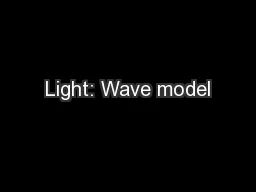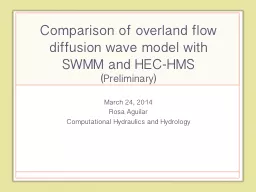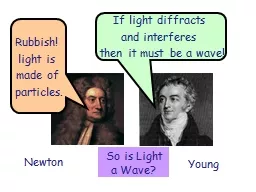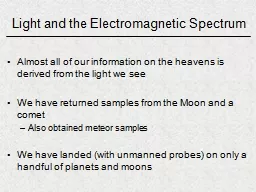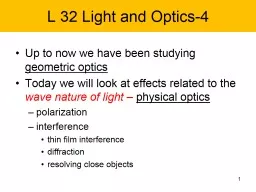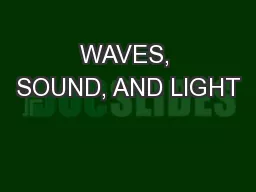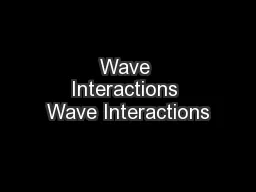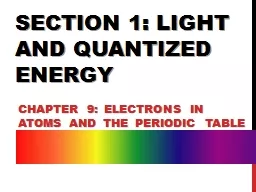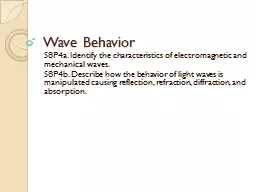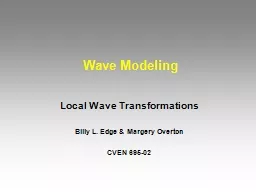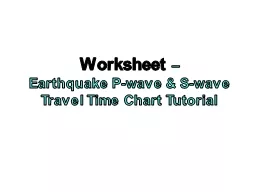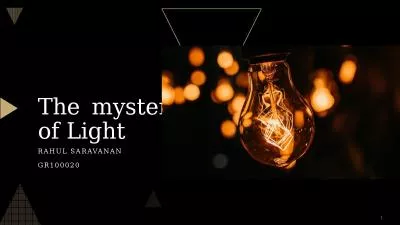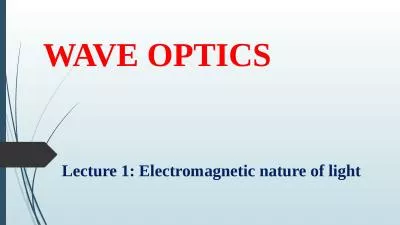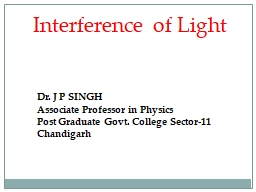PPT-Light: Wave model
Author : karlyn-bohler | Published Date : 2016-09-22
What do we expect from our light and shadow analysis Two sharp bright spots Two blurry bright spots One wide blurry bright spot One wide sharp bright spot Something
Presentation Embed Code
Download Presentation
Download Presentation The PPT/PDF document "Light: Wave model" is the property of its rightful owner. Permission is granted to download and print the materials on this website for personal, non-commercial use only, and to display it on your personal computer provided you do not modify the materials and that you retain all copyright notices contained in the materials. By downloading content from our website, you accept the terms of this agreement.
Light: Wave model: Transcript
Download Rules Of Document
"Light: Wave model"The content belongs to its owner. You may download and print it for personal use, without modification, and keep all copyright notices. By downloading, you agree to these terms.
Related Documents

